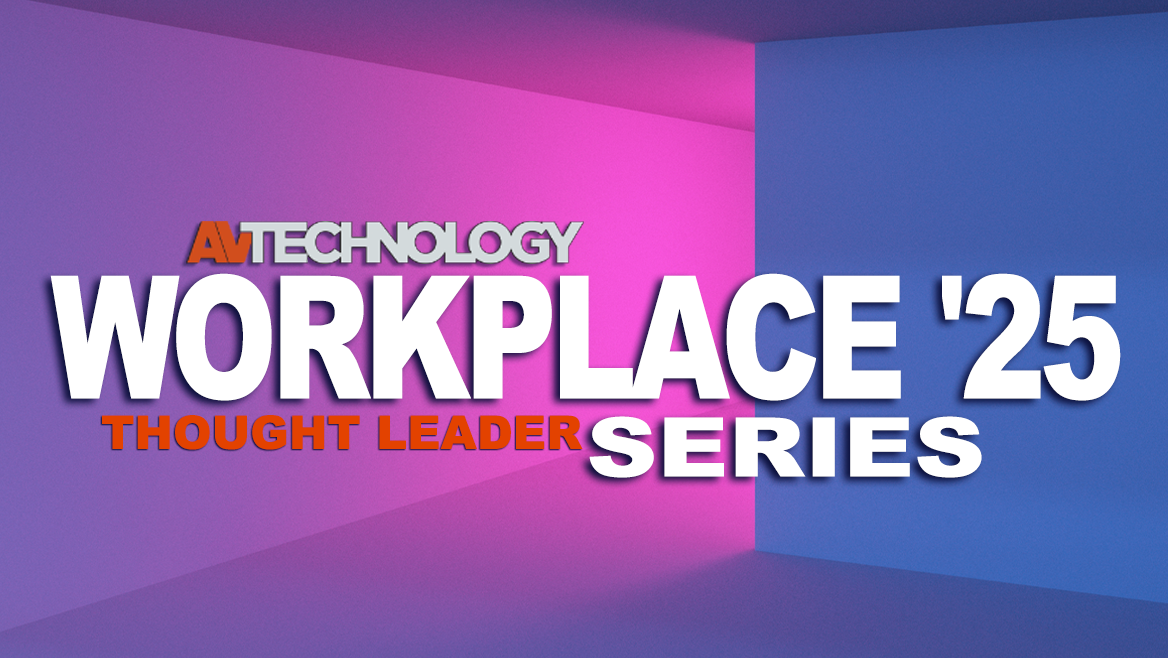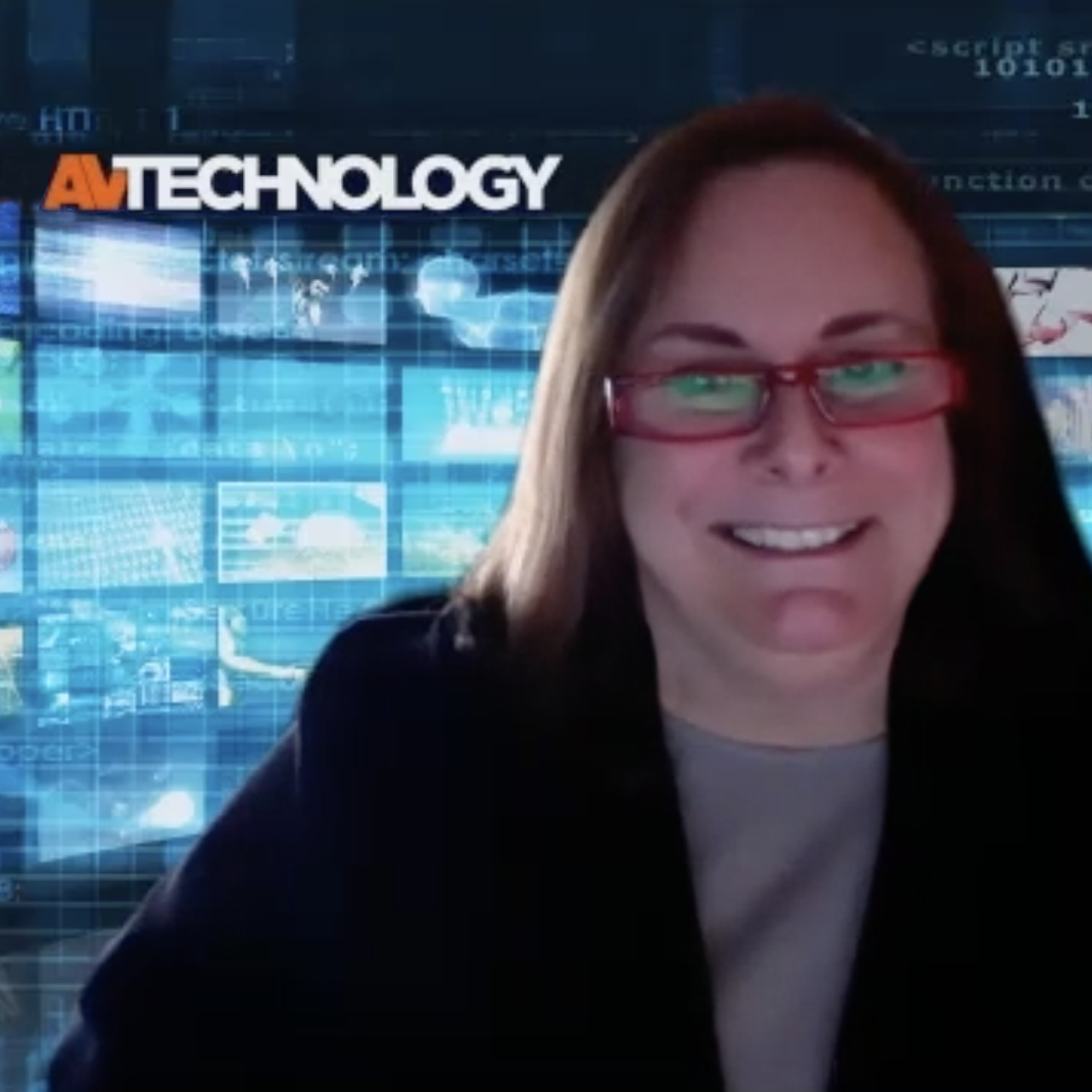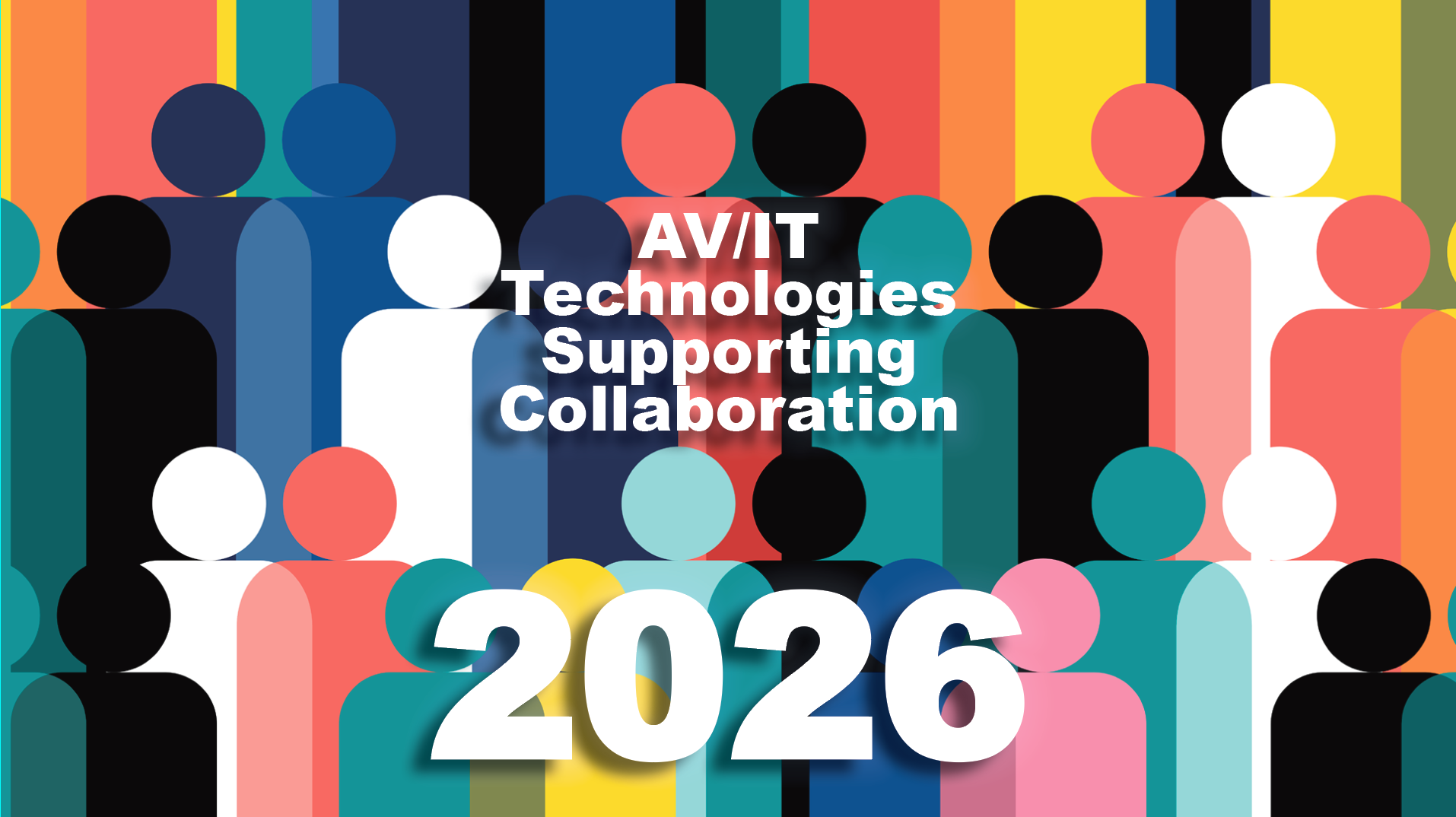On Workplace 2025
Thought leaders from AV/IT/UC manufacturers share how technologies are helping to reshape the workplace and create engaging, user-friendly environments.

According to Flex Index data, of the 13,000 U.S. companies surveyed, two-thirds have settled into a flexible work policy.
A recent article published by MIT Sloan Management Review stated, “In the long run, those leaders who move work forward by building organizations rooted in trust and focused on performance will outperform those wrestling with their own employees.”
I contend that all of this is a moot point when it comes to the necessity of high-performing AV/IT/UC in the workplace. Before 2020, and even more so today, the workforce was distributed between campuses across the globe, traveling, or working from a home office. Even if most workers are in the office, being able to seamlessly collaborate and share content at a higher level in a meeting room or with an outside client is essential.
We reached out to 47 thought leaders from AV/IT/UC manufacturers and asked them to share how technologies are helping to reshape the workplace and create engaging, user-friendly environments. In the box to the right are direct links to 25 of the interviews. Check out all 47 interviews in the AV Technology Manager’s Guide to Workplace Realities 2025. And below is a snapshot of a few.
“In 2025, it will be crucial to be prepared for shifts to the way we work, particularly as more and more organizations push for employees to return to an in-person office schedule,” said Tyler Troutman, strategic market development at Shure. “Unified communications platforms like Microsoft Teams and Zoom are evolving to offer even more seamless transitions between everyday operations like videoconferencing, chat, and file sharing.”
AV products must be tailored to meet the demands of the dynamic modern workplace environment. Larry DeFazio, regional sales manager east for Professional Display Solutions at Sony Electronics, said, “Today’s modern workplace has become synonymous with the hybrid model—a blend of remote and in-office work.”
“Meeting rooms must be equipped with AV systems that are effortless to operate for users,” said Perry Sun, product marketing manager at Atlona. “Additionally, systems have to be duplicated across many rooms, necessitating solutions that are cost-effective to acquire and integrate.”
A daily selection of features, industry news, and analysis for tech managers. Sign up below.
Rather than shifting from one return-to-office (RTO) policy to another, Dan Root, head of global strategic alliances at Barco, said, “A more effective strategy is to tailor work arrangements based on organizational, regional, and employee needs. If your back-to-office initiatives are failing, the issue may lie within your company culture, not your employees.
Improved workflow is increasingly important for increasing a company’s staff efficiency. Dan Holland, marketing manager at IHSE USA, said, “Media and entertainment organizations worldwide are now taking advantage of Display Management Systems (DMS) to integrate keyboard, video, and mouse (KVM) over IP technology to run their businesses and communicate between staff, customers, and external agencies.”
Ideas flow in both directions. “As modern workers, we have developed the ability to “context switch” and have come to expect this capability from our devices,” said Alan Young, chief product officer and chief information security officer at Mersive. “The future of the workplace, where many-to-any collaboration allows inspiration to happen at the speed of now.”
Steve Wingo, manager of technical applications engineering at Sennheiser, added, “Hybrid and remote work are here to stay for many industries. With that comes ensuring that meetings are being held effectively from all corners of the world and that whoever is online has a unified experience.”

Cindy Davis is the brand and content director of AV Technology (AVT). She was a critical member of the AVT editorial team when the title won the “Best Media Brand” laurel in the 2018 SIIA Jesse H. Neal Awards. Davis moderates several monthly AV/IT roundtables and enjoys facilitating and engaging in deeper conversations about the complex topics shaping the ever-evolving AV/IT industry. She explores the ethos of collaboration, hybrid workplaces, experiential spaces, and artificial intelligence to share with readers. Previously, she developed the TechDecisions brand of content sites for EH Publishing, named one of the “10 Great Business Media Websites” by B2B Media Business magazine. For more than 25 years, Davis has developed and delivered multiplatform content for AV/IT B2B and consumer electronics B2C publications, associations, and companies. A lifelong New Englander, Davis makes time for coastal hikes with her husband, Gary, and their Vizsla rescue, Dixie, sailing on one of Gloucester’s great schooners and sampling local IPAs. Connect with her on LinkedIn.
